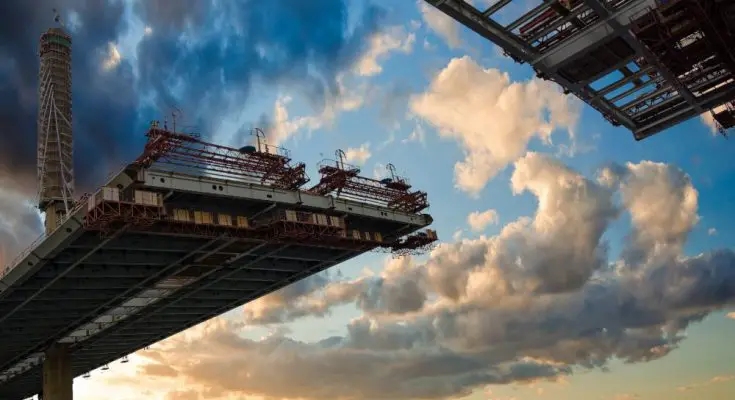Bridges are integral pieces of infrastructure. They allow us to easily traverse across ravines and rivers and move from place to place. Because we use bridges so often, when one fails, it can be devastating. Bridge failures can halt transportation and trade, or worse, lead to property destruction, injuries, and loss of life. Below, we discuss five of the most common reasons bridges fail.
Poor Planning & Design
Bad planning and design can cause a bridge to fail before it’s even finished. Poor collaboration is a common cause of this. Bridges consist of several phases and elements. If these elements don’t work together flawlessly or if a step is missed, the bridge can fail.
While messy or non-existent collaboration is one of the top issues facing infrastructure companies today, it’s easily avoided by utilizing technologies that allow for clearer, faster communication with different teams.
Flooding
While bridges hold up well in exposure to water and moisture, heavy floods are a different story. Flood waters pick up miscellaneous debris, such as tree limbs and unsecured lawn decor. In some cases, they can even pick up cars and entire buildings. When these heavy objects hit bridges, they damage the bridge’s foundation and other structural parts.
Vehicular Accidents
Another common reason bridges fail is vehicular accidents. If a car, boat, or train derails and hits the bridge, the force and pressure produced from the crash can weaken or break bridge components.
Fires
Fires were once an extremely common reason bridges failed because most old-fashioned bridges were made of flammable materials, such as wood. Nowadays, we build bridges from sturdier and less combustible materials, including steel, concrete, stone, and asphalt. Nevertheless, a big enough and hot enough blaze can still destroy modern-day bridges, so wildfires and tanker fires remain a risk.
Lack of Maintenance
Over time, bridges gradually wear down due to gravity, the pressure of vehicles driving on them, and water corroding the bridge materials. If bridges aren’t properly maintained, the built-up wear and tear from these forces will cause them to fail.
It takes a lot to make a bridge fail, but these five reasons will certainly do the trick. While some of these factors—such as natural disasters—are unavoidable, careful planning during construction and careful driving can reduce bridge strain and the risk of failure.



